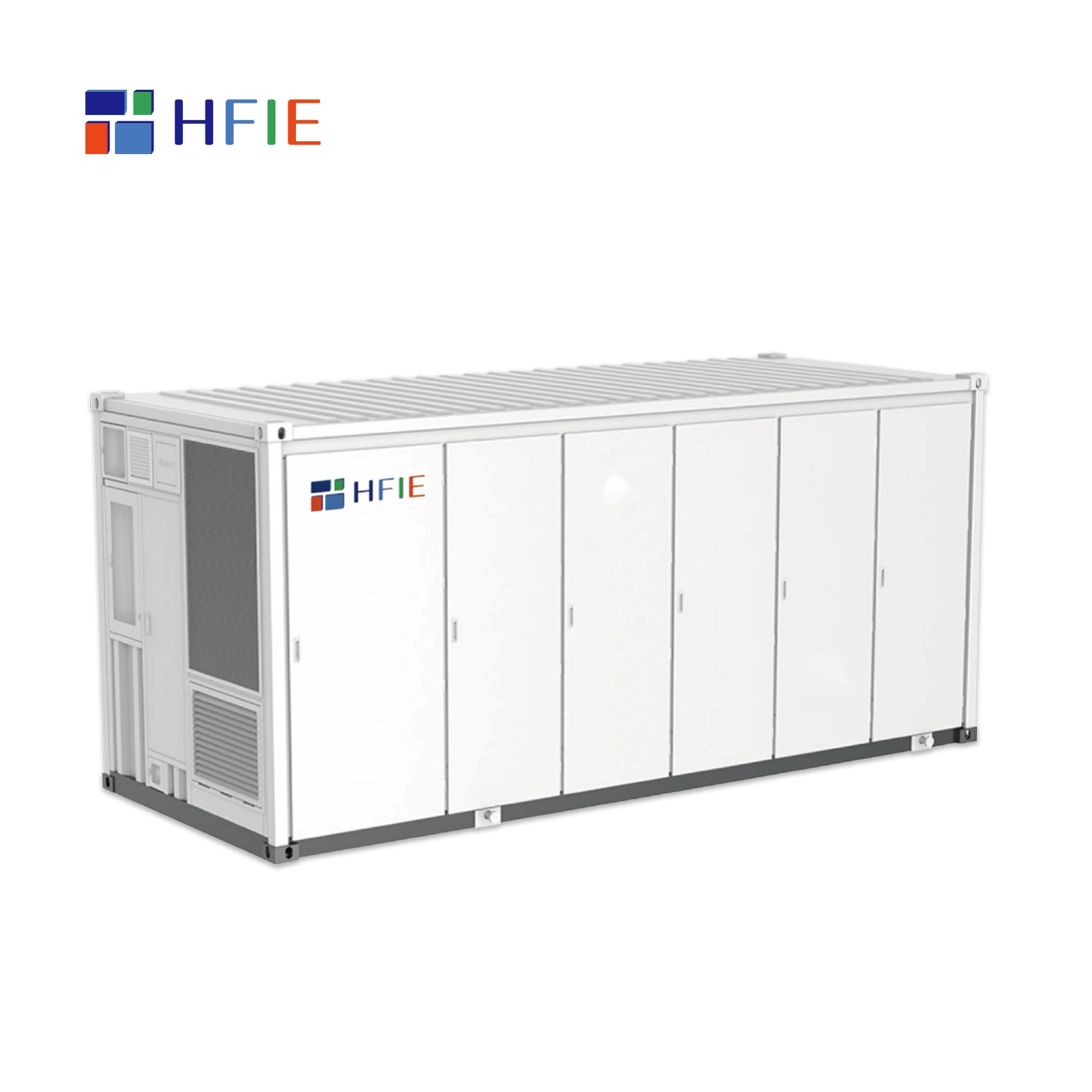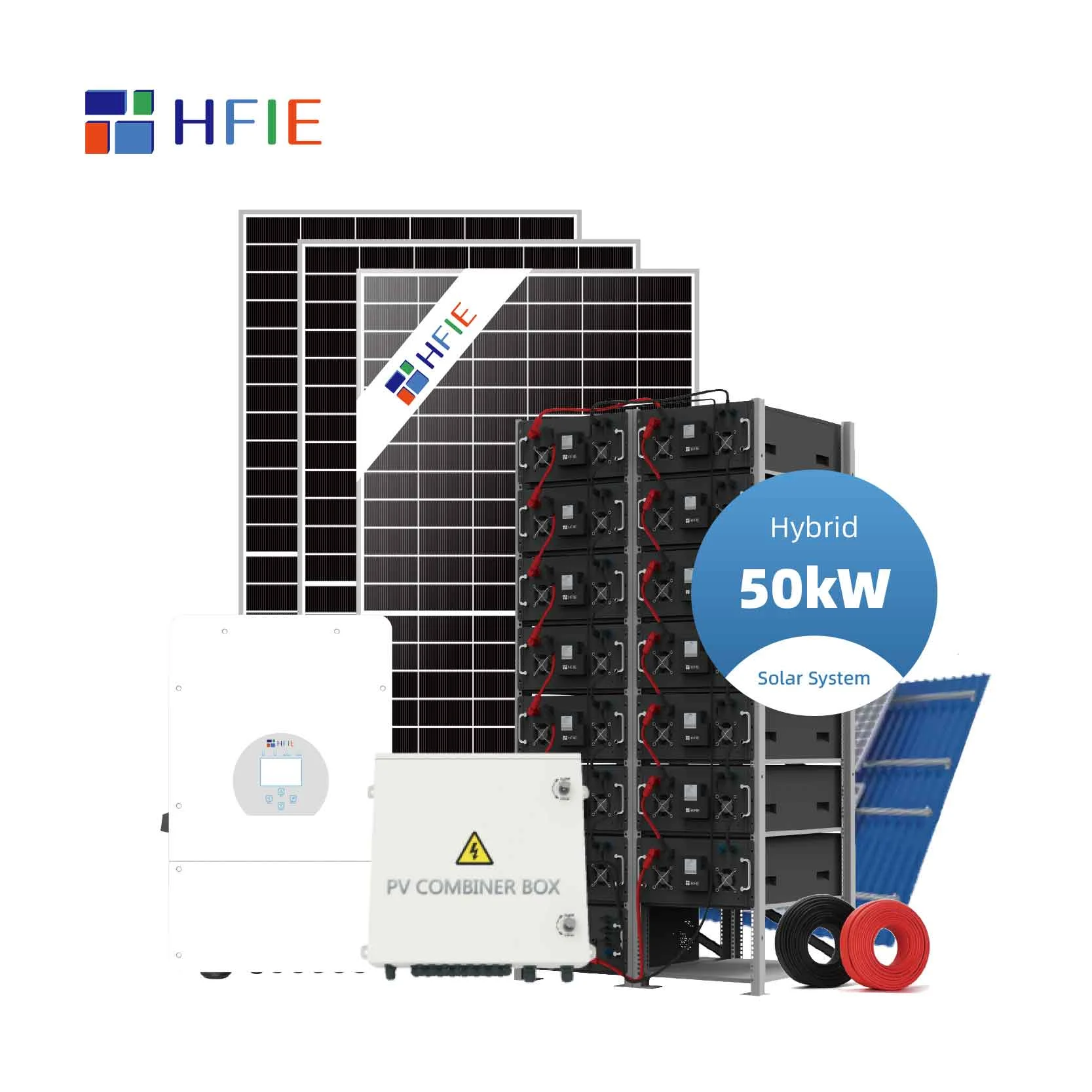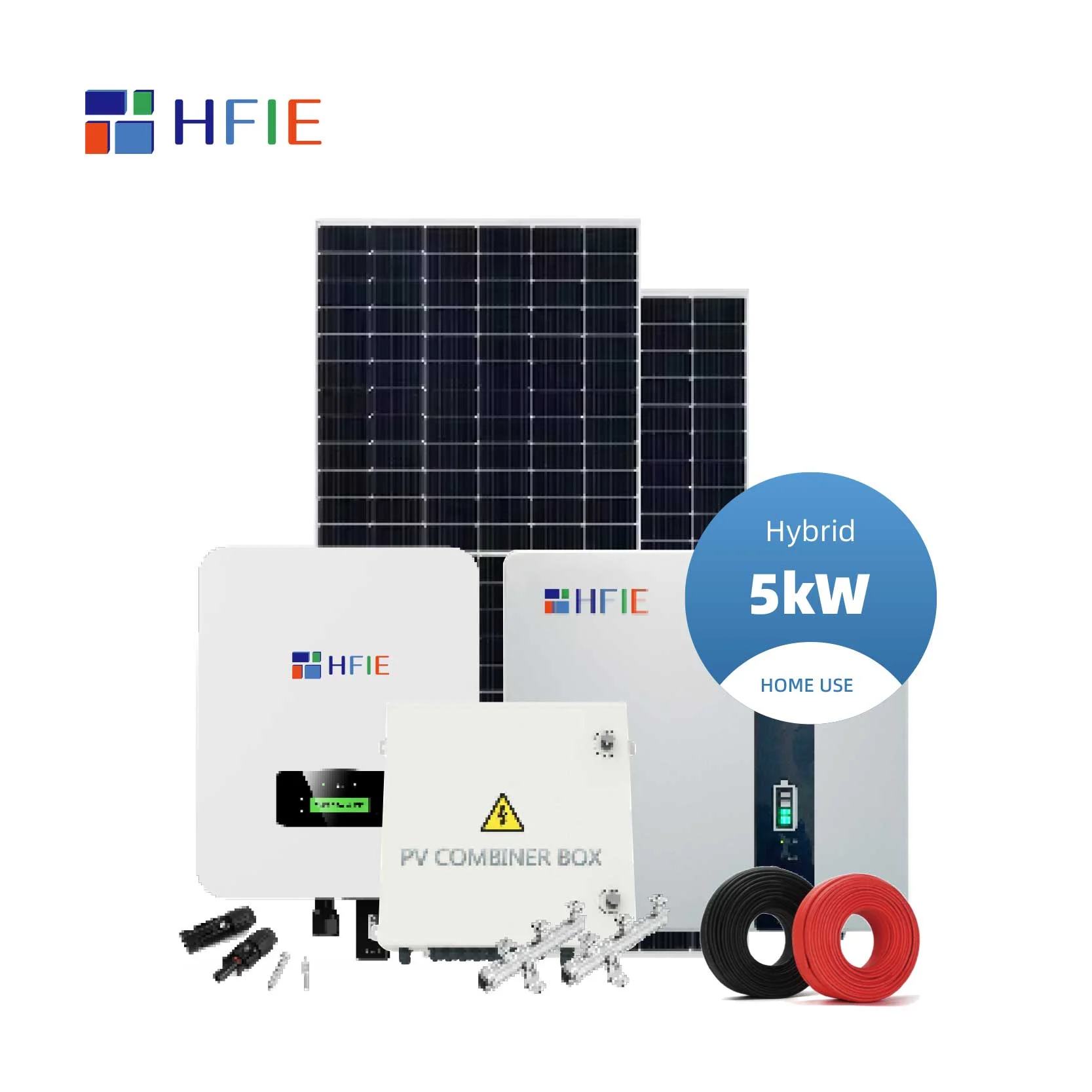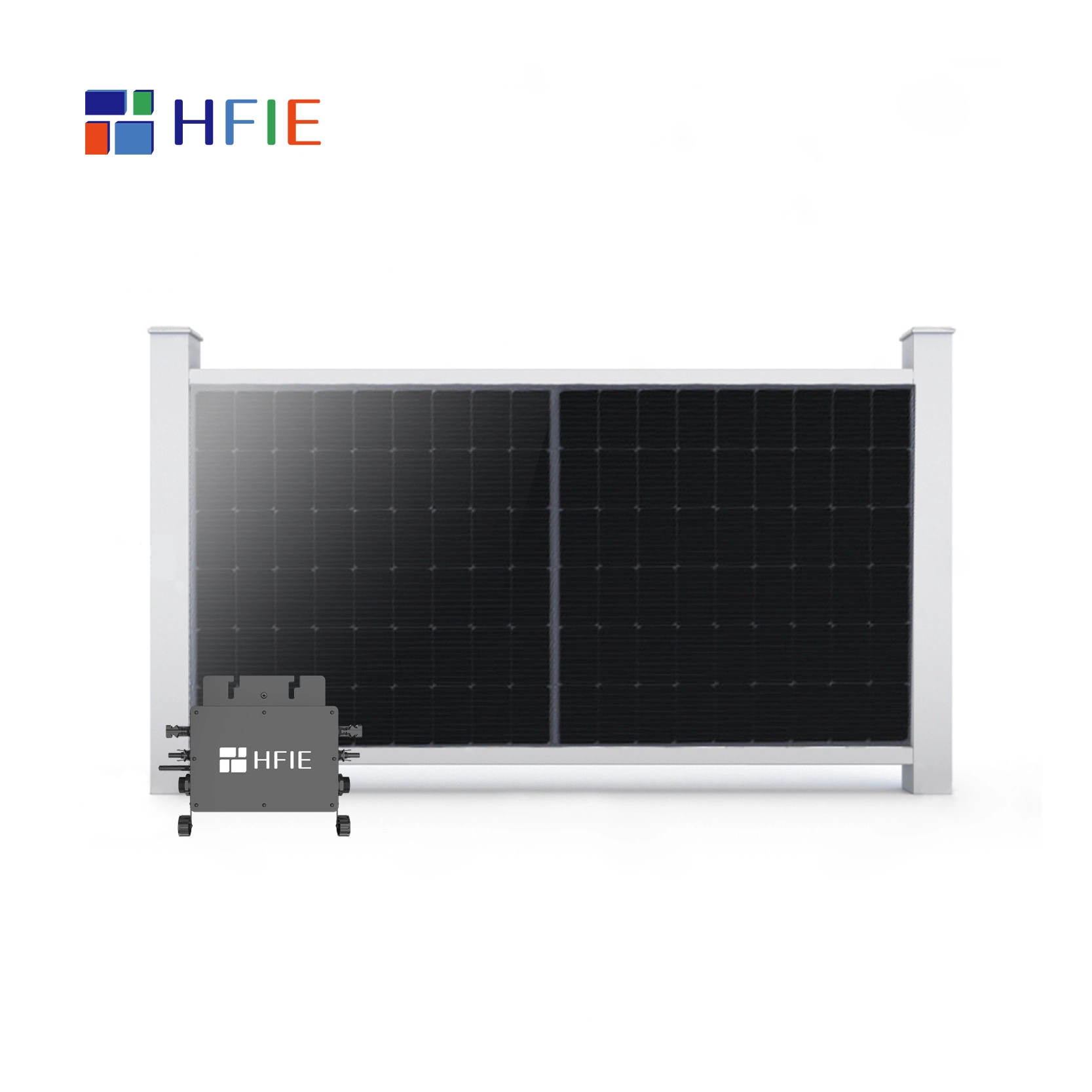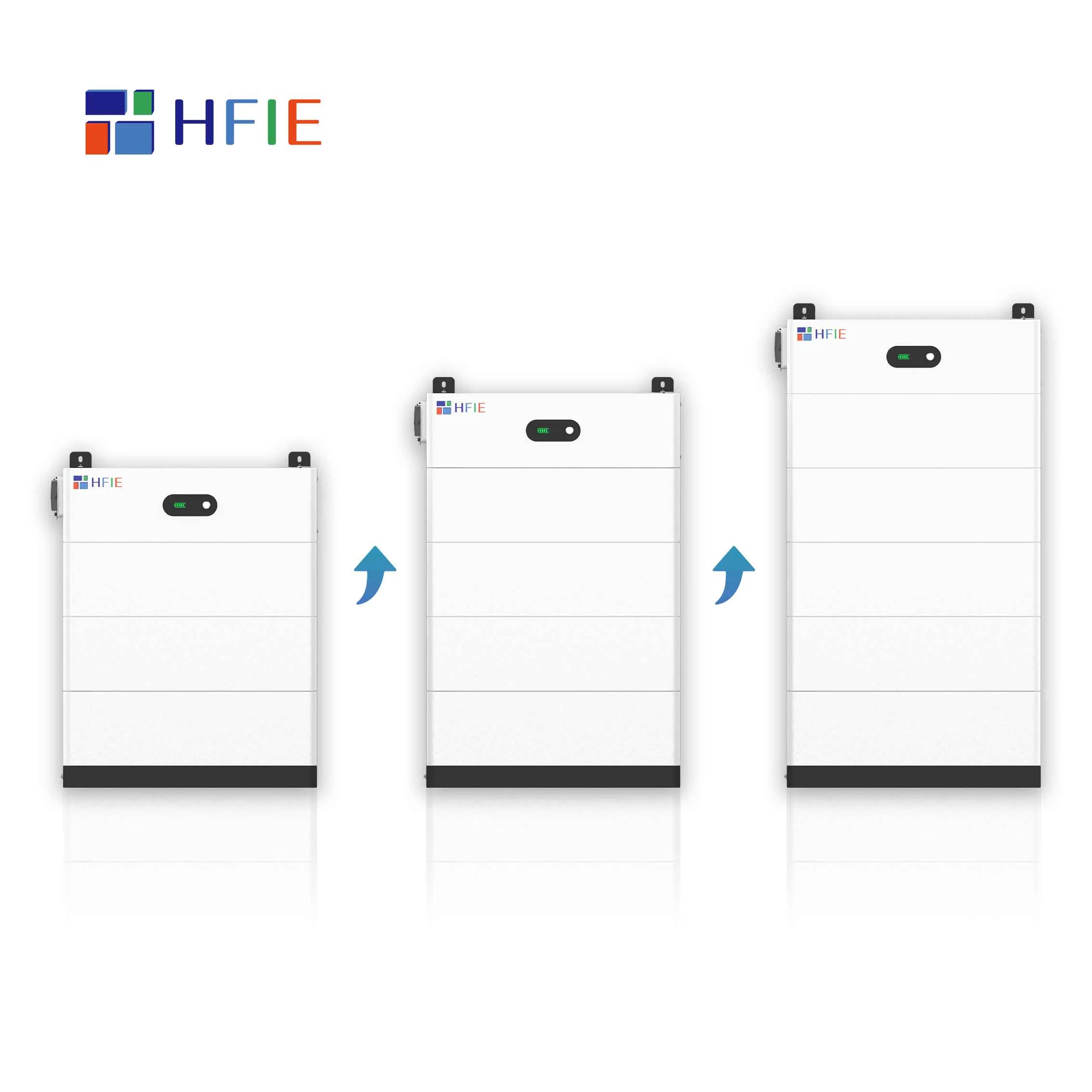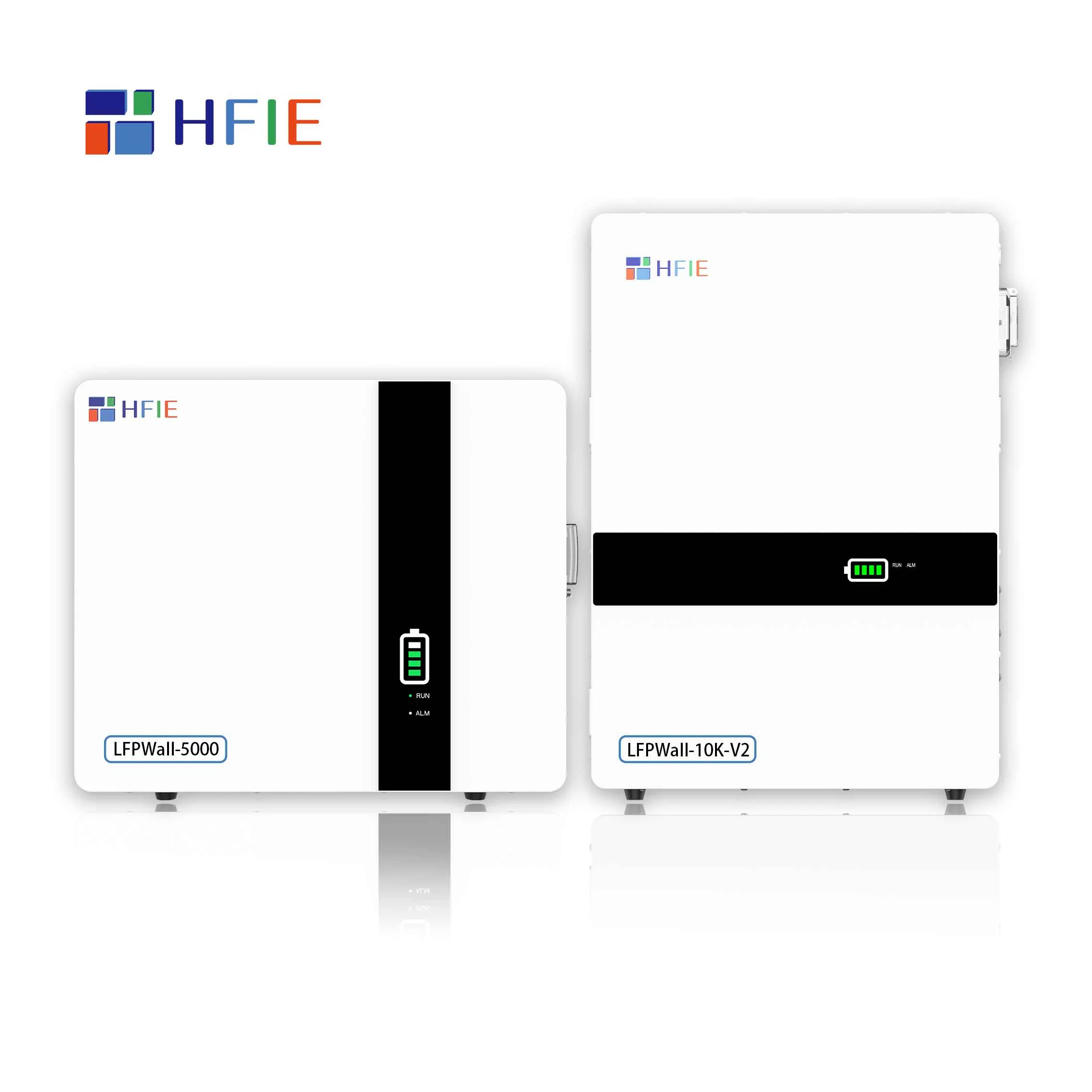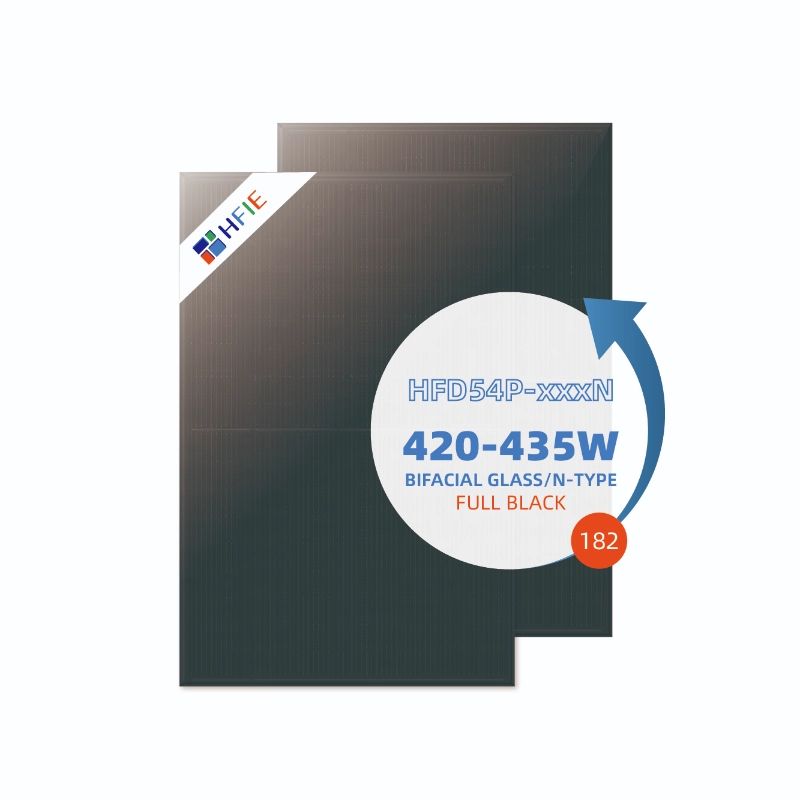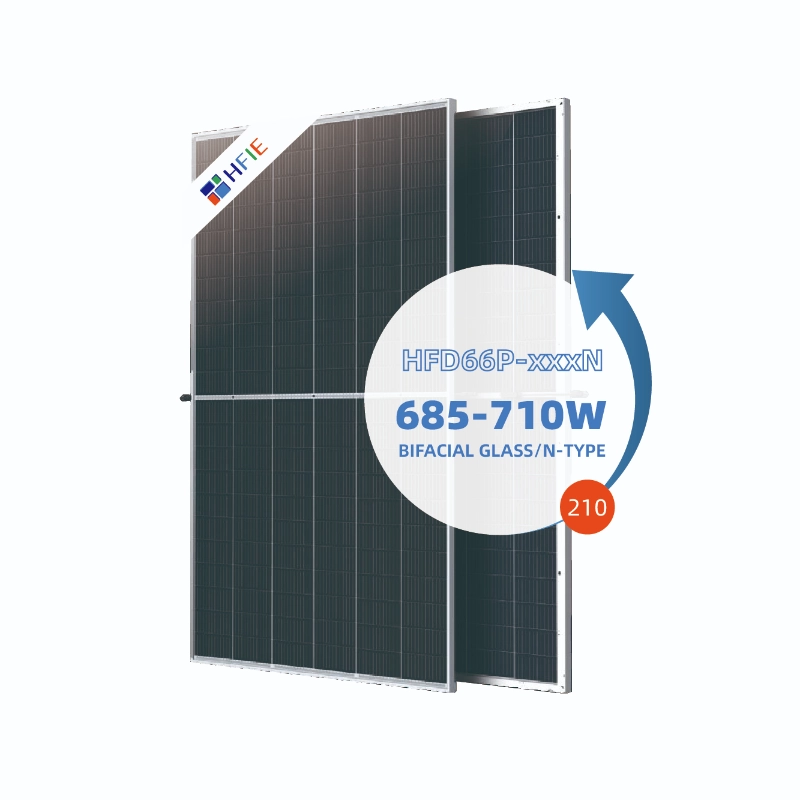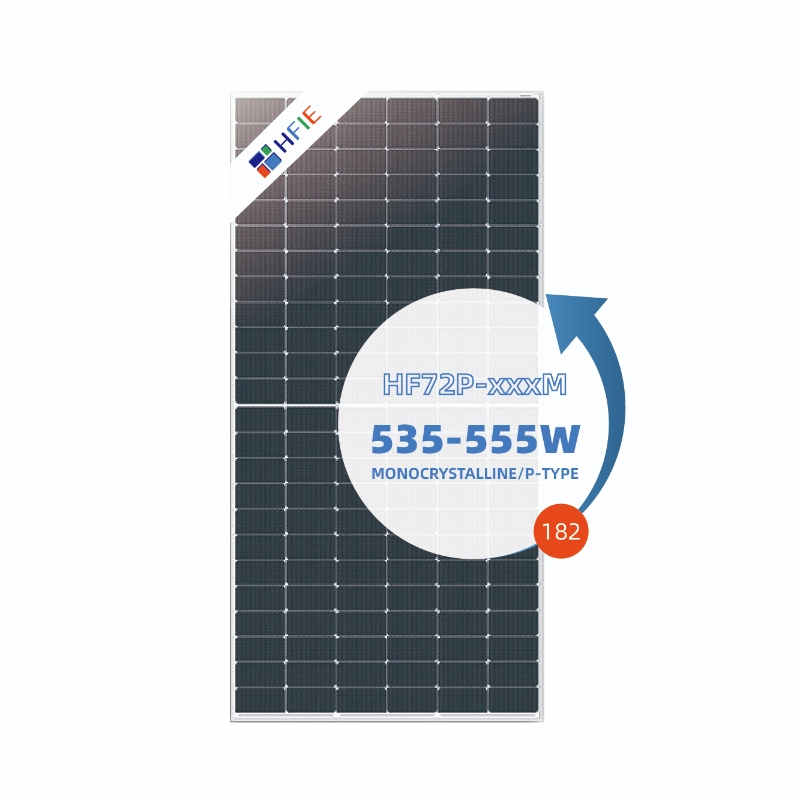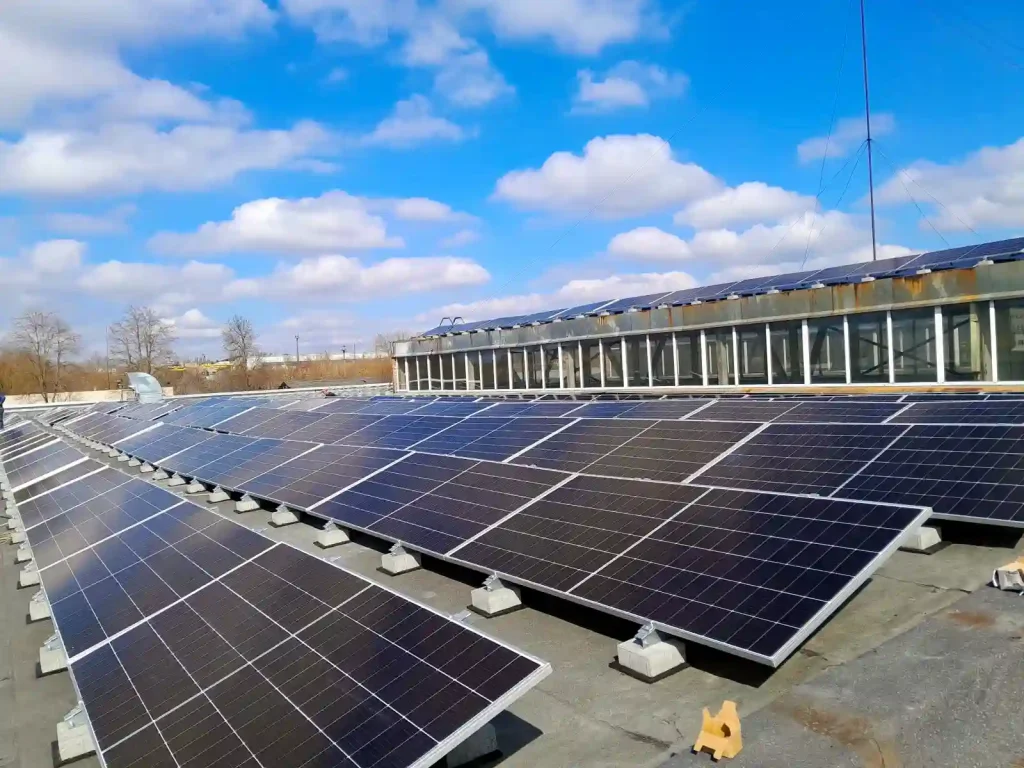As the global energy structure accelerates its transition to green, photovoltaic power generation, as a clean and sustainable form of energy utilization, is expanding its application scope. At present, distributed photovoltaic power generation and centralized photovoltaic power generation are the two core modes in this field. The following will briefly explain and compare these two types of power generation modes for your reference.
Distributed photovoltaic power generation is also called decentralized power generation, which refers to photovoltaic power generation devices built around the user’s site. The operating logic of this mode is mainly based on the user’s self-generation and self-use. If excess electricity is generated, it will be connected to the power grid, following the principle of “nearby power generation, nearby grid connection, nearby conversion, and nearby use”. The advantage of this power generation mode is that it can significantly reduce the loss of electricity during boost transmission and long-distance transmission, thereby improving the overall energy utilization efficiency. Distributed photovoltaic power generation systems are mostly installed near user sites such as rooftops of residential houses and industrial plants. They are connected to the grid locally, have low line losses, and are simple processes. They require few devices and are easy to install. The project is small in scale, has low investment costs, and a short payback period. Users can use suitable sites to generate electricity, which can not only reduce electricity costs, but also generate profits. In addition, the power generation process is pollution-free and noise-free, helping to reduce carbon emissions and environmental pollution.
Compared with distributed photovoltaic power generation, the installed capacity of centralized photovoltaic power generation can reach several megawatts to hundreds of megawatts. The grid-connected voltage of centralized photovoltaic power generation is usually 35KV or above. The equipment is complex and equipped with substations to participate in the operation of the power grid with large-scale power output. Although the power generation efficiency is high, the construction, operation and maintenance and transmission costs are high. As a clean energy, it not only has environmental benefits and reduces carbon emissions, but is also suitable for construction in areas with abundant solar energy and low land costs to provide power for distant cities or industries.
1. Installed capacity and approval department: Distributed installed capacity is small and the process is simple; centralized installed capacity is from several megawatts to hundreds of megawatts, which requires strict approval.
2. Installed capacity and approval department: Distributed is rooted in the vicinity of the user site, and the power is connected to the grid nearby; centralized is located in the remote Gobi Desert, and the power is sent to the load center by long-distance transmission lines.
3. Grid-connected voltage level and equipment: Distributed grid-connected voltage is low and the equipment configuration is simple; centralized grid-connected voltage reaches 35KV and above, and complex equipment and dedicated substations are required.
4. Investment benefits and environmental benefits: Distributed investment is small and the return is fast; although centralized has large initial investment and high operation and maintenance costs, the power generation efficiency is considerable. Both are clean energy and can contribute to reducing carbon emissions and environmental pollution.







